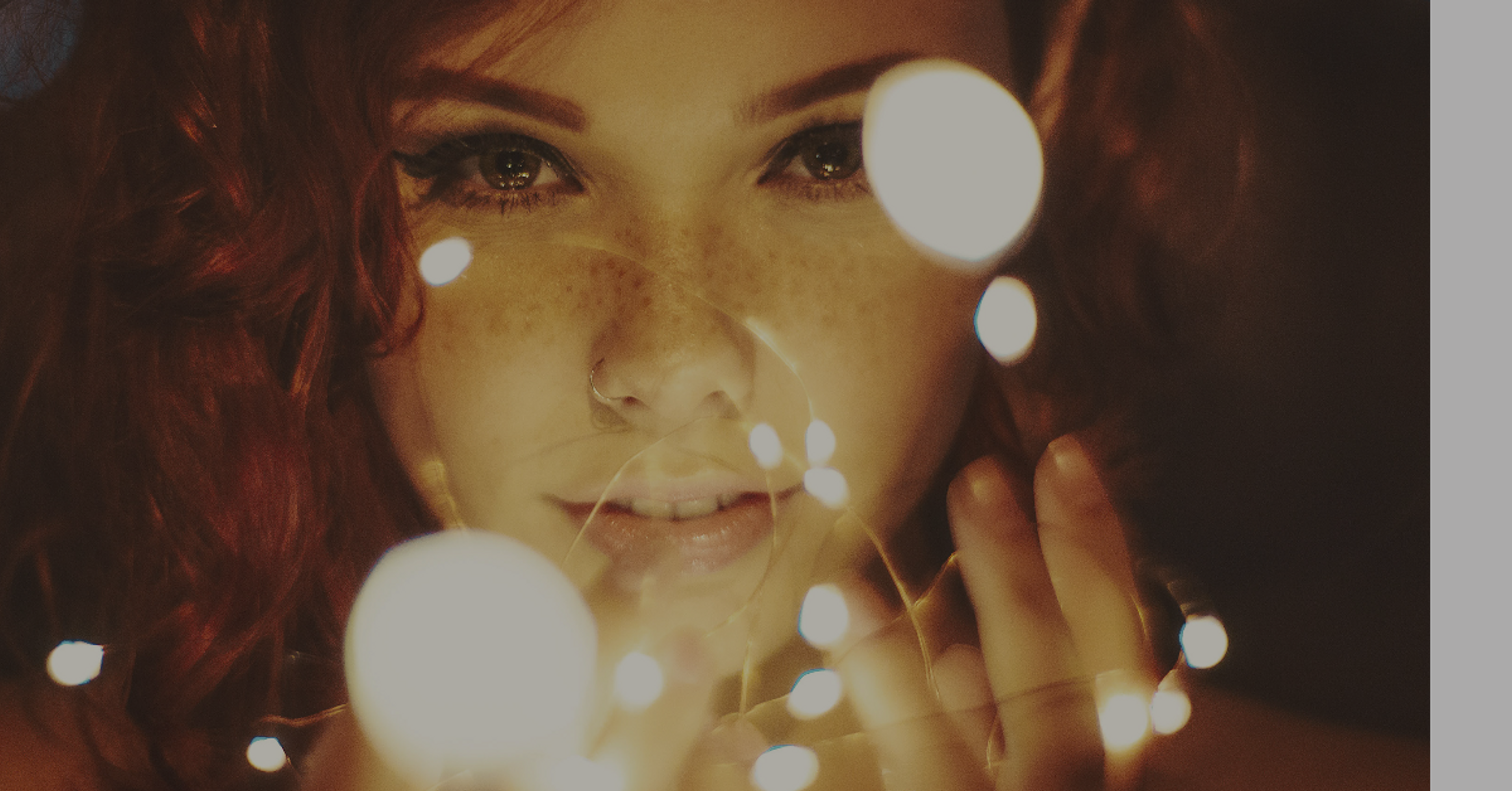You may have heard of IPL for hair removal, but did you know that it’s also an effective way to treat a multitude of skin issues? We love a multi-talented treatment! So, let’s find out more and discover exactly what IPL is, what it’s used for and its key benefits...
What is IPL? And what is it used for?
IPL, or Intense Pulsed Light, is a type of light therapy used by medically qualified practitioners to help treat discolouration in the skin, such as melasma, sun damage, age spots, thread veins, birthmarks and freckles, as well as acne and signs of ageing (think fine lines and wrinkles). IPL (sometimes referred to as IPL laser treatment) is also commonly used for hair removal, which you can find out about here.
How does IPL work?
Of course, you can’t reduce pigmentation issues by standing under a regular lamp (dammit - I had high hopes for my new home office lamp); something much stronger is needed. The Intense Pulsed Light works well as it gets right to the pigment, heating it up and breaking it down thanks to its multiple wavelengths of light that scatter within the skin. These multiple wavelengths are able to treat various issues at once. Nice!
After cleansing the skin, you are given goggles or eye shields to protect your eyes from the light. Then, the practitioner covers the target area in a gel not dissimilar to the type you see being smothered on pregnant women’s bellies before a scan. Next, they take a handheld applicator, which they pass over the target areas. This delivers pulses of broad spectrum light into the skin, which cause light flicks - almost like flashes from a camera. E voila! They might do several passes to make sure they have sufficiently treated the area in question, but then you’re done.
You’ll likely find that discolouration may appear darker for the first few days after the treatment, but then crusting and flaking will start to occur (sounds gross, I know!) - and it’s after this stage that you should see the results. Now, this bit sounds great!
What are the benefits of IPL?
There are several key benefits of IPL skin treatment: it’s quick (sometimes just minutes, depending on the area), which is a huge plus. And there is no downtime, so you can be back at work or whatever else you choose to do straight away, and no-one will need to know where you have been. Another great benefit? IPL boosts collagen and elastin production, so look out for that gorgeous plumped up skin. The results can be incredible, leaving you with clearer, even-toned, fabulous skin.
What are the side effects of IPL?
I’m sure you want to know, “Does IPL hurt?” Well, that really depends on your pain threshold - everyone is different - but, generally, it’s described as feeling like being pinged by elastic bands. So not too bad overall. You’ll probably look and feel like you have mild sunburn for a few hours afterwards - red, tender and your skin might be a little swollen. Ice packs and cold compresses can work wonders on treated areas - relieving any discomfort. You’ll definitely want to avoid hot water until your skin is healed.
Who does IPL work best on?
IPL works most effectively on very light skin as darker skin tones absorb more of the light’s energy, which can lead to skin damage. However, there are now various different types of machines available that can be used on darker skin tones too. So, it’s always a good idea to have a consultation with a medically qualified practitioner who will be able to tell you whether you are a good candidate for the treatment.
How often do I need to have IPL therapy?
For best results, your practitioner may suggest having a course of treatments. This could be 3-6 sessions, but really depends on your individual skincare needs and how effective the treatment is on you.
What should I avoid before and after IPL?
In the week leading up to your IPL treatment, and the days following, you’ll definitely want to give sun beds, saunas, and direct sunlight a miss - you really don’t want to heat the treated area. And you should definitely whack that high SPF on!
You’ll also want to pass on waxing, chemical peels and any products you have that contain even the smallest whiff of vitamin A. Yup, that means no glycolic acid or retinol - sorry, but you’ll be glad you did.
Ibuprofen is also off the cards on both the run up to your appointment and the days that follow, as this can lead to blood thinning. But you’re ok to take paracetamol if you need some pain relief, so it’s not all bad.
Who can perform IPL?
For the safest, most effective IPL treatment, always make sure you book an appointment with a medically qualified practitioner like the ones listed on Glowday. They will be able to give you the absolute best advice, and determine whether IPL is really the right treatment for you. IPL is a safe, non-invasive treatment when carried it by a medically qualified practitioner, but in the hands of someone who isn’t trained, it could, potentially, be dangerous.

